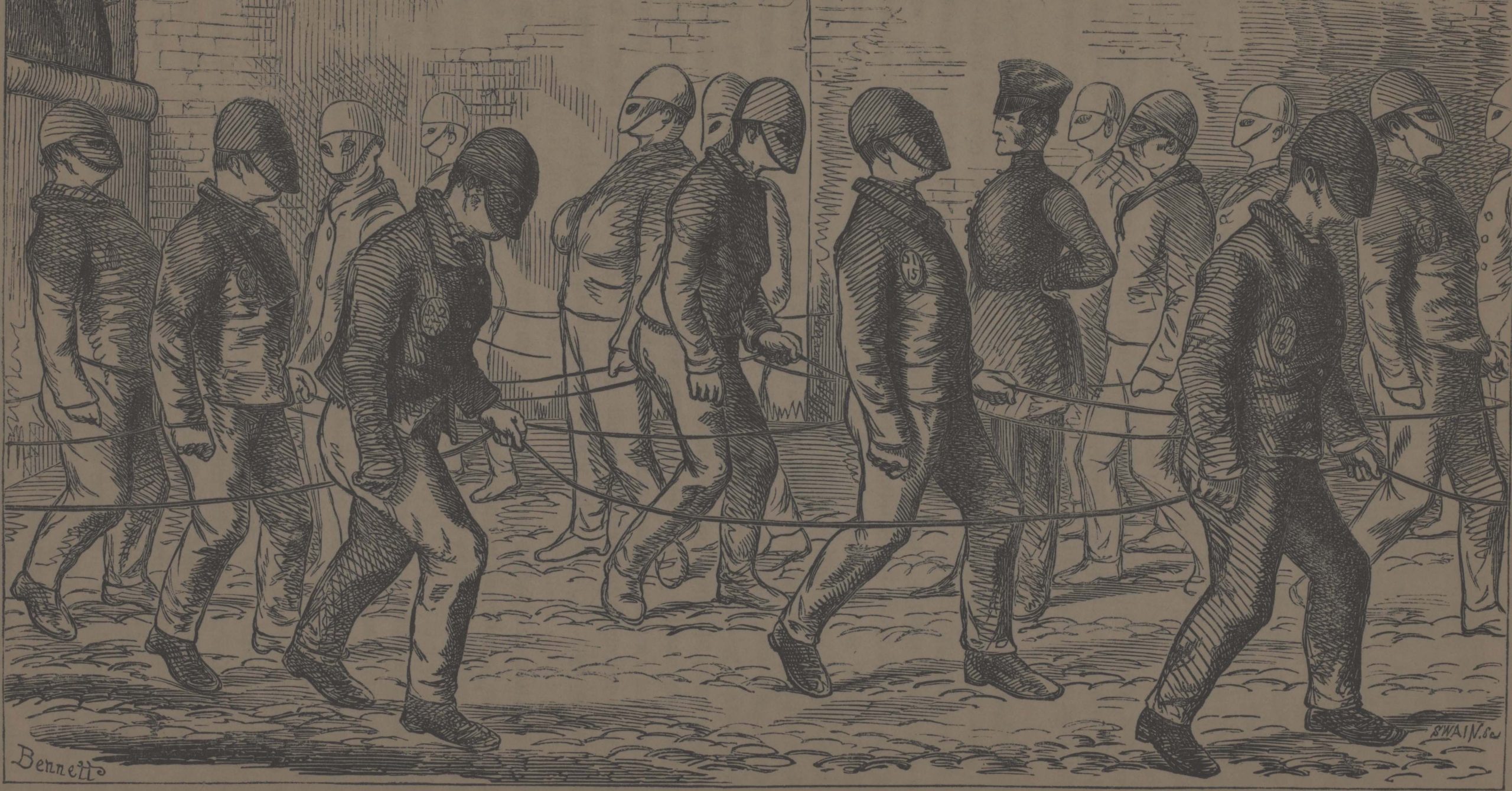Through the analysis of a variety of visual and written texts, this course explored what it means to label – or be labelled as – a “criminal.” Students examined the roles institutions, disciplines, and media outlets play in constructing and circulating narratives about criminality, as well as the implications of these narratives in our cultural understanding of crime. Research questions that guided our approach include: How is “the criminal” represented, and by whom? How has the figure of the criminal been both demonized and celebrated? How do documentary accounts of criminality compare with fictional accounts? How have ideas of “the criminal” changed in the 20th and 21st centuries?
For their final projects, students performed a close reading of a visual and/or written text that represents “the criminal” in an ambiguous way; they drew connections between depictions of crime and real-world consequences for the ways we interact with one another and the criminal justice system. The next time I teach this course, students will read these past students’ posts and answer the discussion questions at the end of each post during class. Over time, I plan to build up the archive of student work that can be assigned to future classes. A few of the latest student projects can be viewed by clicking the “Spring 2023” tab at the top of this page. The “Introduction to Object-Based Learning” tab describes the methodology we used in our class, and the “Faculty Resources” tab includes advice for organizing field trips.
